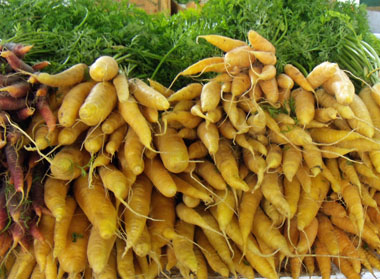Article
Caribou Hunt
Caribou hunting was and is still an important means of subsistence for many Indigenous people in Canada. Caribou are hunted by groups from the Arctic, Subarctic, Plateau, and the northern part of the Eastern Woodlands. In the past, the animals not only provided these people with meat and grease, but also with hides and sinew for shelters and clothing, and bone and antler for tools and weapons.









